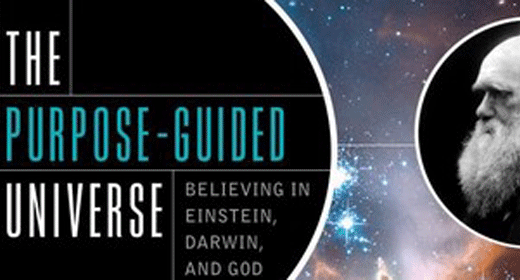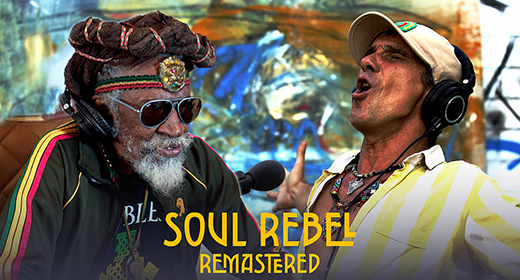by Holly Rogers: We can’t ignore the hard stuff. Here’s a 10-minute mindfulness practice for navigating—not resisting—everything life throws our way…
Acceptance is not about liking something or agreeing with something—It’s simply about acknowledging what is happening, what is true in this moment. The more we can accept each moment as it is, the less we suffer.
Sometimes there are things in our life that we’re not crazy about, that are quite unpleasant, very distressing even—and yet there’s nothing we can do about it. And in those moments acceptance, acknowledging what is true without adding on layers of “I don’t want this to be true,” “It’s not fair,” “I don’t like this,” “Why did this happen to me,” can help us get through these difficult times with more ease. Importantly, when we settle into acceptance and see the truth of our circumstance in the moment—if there is an opportunity for change, if there is an opportunity to do something different—we have a better chance of seeing it. We have a better chance of developing wisdom about the possibilities in this moment when we see each moment with clarity.
A Meditation for Moving On
1) First, find a comfortable seat in a chair or on a cushion. Let your back be tall but not stiff. Hold your head so your ears are above your shoulders with your chin slightly tucked. Drop your shoulders, rest your hands in your lap.
2) Then, notice the feeling of breathing. Become aware of your body breathing, settling your attention on the place in your body where you most easily experience the sensation of the breath flowing in and out. Let your breathing be normal and natural—no need to try and change it or shift it. See if you can let your awareness be open and relaxed. As you watch your breath, you create a sense of spaciousness, not a tight or clamped-down feeling. Spacious awareness: Allowing your breath to come and go.
3) If you’ve noticed your mind has wandered, come back to the breath. When you notice your attention has wandered, bring your attention back to your breath without criticizing yourself or your wandering mind. Accept in the moment that that’s what our minds do: they wander and we can work with that by being willing, without judgment, to simply begin again.
As you sit in meditation, you will likely have some moments where you feel focused, or relaxed, or at ease. It’s easy to accept those moments without trying to struggle with or change them. Other moments may seem unpleasant: you may feel restless, have some discomfort, an itch. See if you can hold those moments with some unpleasantness with the exact same quality of open curiosity as those moments that are more naturally easy. Just allowing each moment to be as it is, developing curiosity about it, watching the changing nature of your experience.
Accept in the moment that that’s minds do: they wander and we can work with that by being willing, without judgment, to simply begin again.
4) Now, shift your attention to any thoughts you are having in this moment. Notice what your thoughts are doing if you’re having thoughts about not liking something, wanting it to be different. Maybe there’s a conversation in your head where you’re trying to convince somebody to think or do something different. See if you can just notice your tendency to try to judge and change these situations.
5) Then, explore if you can let go of those thoughts. See if you can summon the willingness to let it be as it is. Perhaps even saying to yourself: “It is what it is,” and coming back to your breath, noticing that some of our discomfort is related to the way we struggle, the way we fight, and then maybe it’s possible to let at least some small part of that be. Come back to your breath, relaxing into the spaciousness of your present moment experience without judgment, with curiosity, with acceptance.
6) Once you feel ready, allow your eyes to open.










































